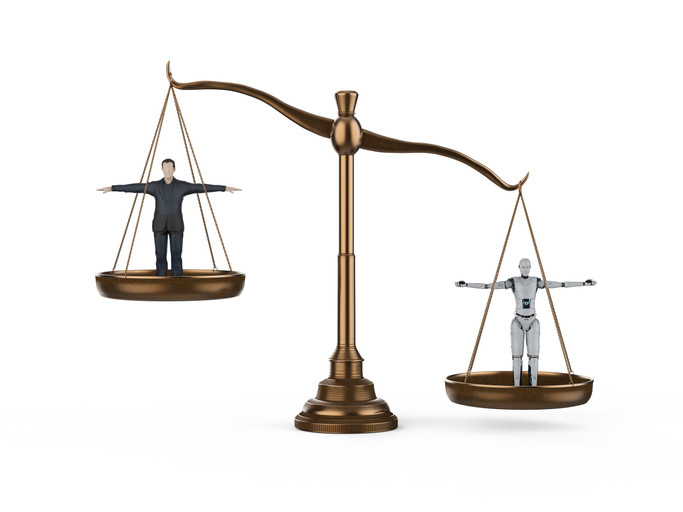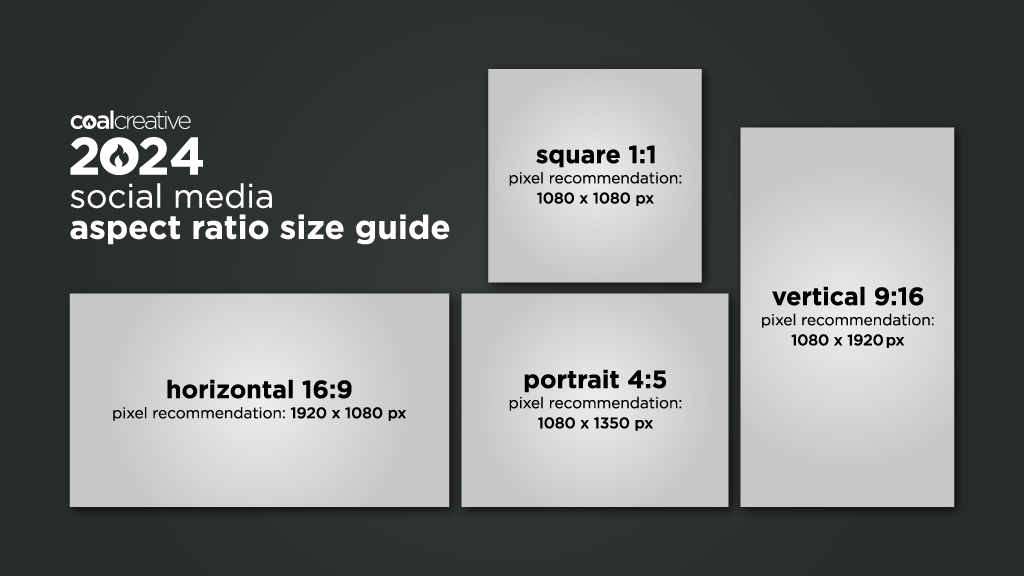Contact partnership@freebeat.ai for guest post/link insertion opportunities.
Introduction
Creating a music video using AI sounds like magic: upload your song, feed a prompt, and watch visuals evolve in sync with your beats. But in reality, many creators hit pitfalls along the the way such as odd visuals, mismatched transitions, or a final product that lacks soul.
I’ve personally experimented with several AI music video generators (including during freebeat.ai’s early prototype tests), and along the way I made my share of errors. But each “failure” taught me something vital.
In this post, I’ll walk you through the 5 most common mistakes creators make when using an AI music video generator, and how to avoid them so your result feels polished, emotionally aligned, and uniquely yours.
Mistake #1: Over-relying on AI
AI is powerful but it’s not magic. One of the biggest missteps is expecting the tool to carry 100% of the creative load. When you treat the AI as the “author,” you risk producing bland or generic visuals that lack emotional depth and personality.
From my experience, the first video I made with an AI generator looked like every other “style preset” video floating online: nice visuals, but no identity.
Technical research echoes this: many articles and guides warn against full automation. For example, ModernDiplomacy highlights that overusing AI features and relying solely on AI for creativity often leads to stale, uninspired outcomes. A Medium guide on AI video mistakes confirms that creators lose emotional resonance when they surrender control entirely.
How to avoid it:
- Treat your AI video generator as a creative co-pilot, not the pilot.
- Intervene early: choose or prune the visuals, adjust pacing, override transitions.
- Infuse your own narrative structure (e.g., intro → build → climax → resolution).
- Add custom assets (photos, video clips you shot) to anchor AI output in your style.

Mistake #2: Stunning Looks, Empty Narrative
Many beginners fall into the trap of starting with visuals such as: “I want swirling lights, glitch effects, lens flares!” before considering why the visuals matter. But without narrative cohesion, your video can feel like disjointed clips stitched together.
In one test I ran, I had a song with a lyrical arc: doubt → struggle → resolution. Yet my video lacked that arc as the visuals floated between styles, and viewers said it felt confusing.
This mistake is frequently mentioned in AI video creation guides (e.g. KredoAI’s list of common mistakes) where visuals overshadow the storytelling backbone. Also, Personate.ai warns that ignoring storytelling in favor of flashy effects is a classic trap.
How to avoid it:
- Before prompting, write a mini-script or shot list (even 3–5 scenes).
- Think in beats: align visual shifts with musical transitions (drop, bridge, chorus).
- Use emotional cues (e.g. “fade, tremble, expand”) tied to your song’s mood.
- Ask: does each shot add meaning or just “look cool”?
Mistake #3: Garbage In, Garbage Out
It’s tempting to think, “I’ll just feed in grainy images or low-res video, and AI will clean it up.” Unfortunately, that rarely works well. Low-quality inputs often lead to blurred, artifacted, or noisy visuals in the final render.
I once used a low-res background clip for a chorus scene; the AI magnified its flaws (pixelation, weird edges) in the output which pulled the focus away from the music itself.
The modern AI content advice (across content types) frequently warns about this: AI cannot reliably reconstruct or “heal” poor materials. Aumcore’s article on hidden pitfalls warns that AI-generated outputs often reflect the quality of the inputs. Similarly, Moderndiplomacy mentions “ignoring audio and video quality” as a major error.
How to avoid it:
- Use clean, high-resolution visuals or footage.
- Pre-process assets: sharpen, denoise, crop, color-correct before feeding them in.
- Limit how far you stretch or zoom your assets in the final edit.
- When possible, use original photos or clips you shot — that retains uniqueness.
.jpeg)
Mistake #4: Overcomplicating Effects and Transitions
When AI gives you access to transitions, motion blur, color shifts, glitch effects, particle overlays, many creators go overboard. The result? A chaotic visual mess where nothing reads well.
One early video I made had too many crossfades, zoom-ins, and overlays. Viewers commented it felt visually “noisy.” The beauty of AI music video generation is in creating cohesive motion, not constant spectacle.
Guides across AI video tools caution against effect overload. ModernDiplomacy lists overusing animation or transitions as a serious pitfall. In the branding sphere, WBComDesigns warns that skipping quality control when piling effects leads to jarring visuals and poor viewer trust.
How to avoid it:
- Choose one or two key transitions (fade, zoom, cut) and stick with them.
- Let scenes breathe — use negative space or brief “calm shots.”
- Use effects purposefully (e.g. glitch synchronized with a beat drop).
- Preview at real speed — effects that look cool in slow-motion might be overwhelming at tempo.
Mistake #5: Neglecting Platform Optimization & Final Polishing
You might build a gorgeous 4K music video, but if you forget that Instagram is vertical, TikTok demands 60 seconds, or YouTube compresses color profiles, your art can lose impact. Many creators overlook platform-specific optimization and skip a final pass of quality control.
In one user case, someone published a video made for 16:9 on Instagram Reels (9:16). The key subject was cropped out in view.
Content marketing sources repeatedly highlight this as a mistake. ModernDiplomacy warns of neglecting platform-specific requirements. Modern Diplomacy and WBComDesigns calls skipping quality review a common error (mismatched captions, transitions, or compression artifacts).
How to avoid it:
- Export versions sized and formatted for YouTube, Instagram, TikTok, etc.
- Preview on real devices before publishing: phone, tablet, desktop.
- Check audio synchronization, color profile, bitrate, compression artifacts.
- Watch the full video critically — fix any timing slips, flickering frames, or awkward transitions.

Final Thoughts & Takeaways
Using an AI music video generator is incredibly empowering as it lets you build visuals from your sound. But to make the experience truly resonant and professional, avoid these common traps:
- Don’t let the AI take over — keep intentional control.
- Center storytelling, not just visual flair.
- Use high-quality assets — the AI can’t “magic away” flaws.
- Be strategic about effects and transitions — less is often more.
- Polish and optimize for platform differences and final review.
In my own experiments (and early tests with freebeat.ai), avoiding these pitfalls transformed my video outputs from generic to emotionally aligned. I hope your next AI-generated music video captures your song’s soul because that’s what good visuals should do: echo the beat, mirror the mood, and let listeners feel before they even press play.


